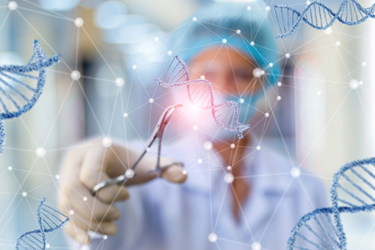Use Of Pall Filtration Plates For Purification Of DNAs For Sequencing Library Preparation
By Katherine Lee, Alia Parveen, and Douglas Rhoads; University of Arkansas

As costs for Next Generation Sequencing (NGS) continue to decrease, new possibilities exist for genomic analysis. Where there is a need to analyze hundreds of individuals, significant time and expense can be incurred for purifying individual DNAs and then producing bar-coded libraries from each. Discover how we examined a purification method employing 96-well filter plates as an alternate to organic extraction. Four methods are used:
- Preparation of Initial DNA Extracts
- Purification of Organic Extraction
- Purification of Centrifugal Filtration
- Library Construction
In our experience, the Pall filtration method provided advantages over the organic extraction method. Using the Pall filtration method, we did not experience any failures and recovered sufficient DNA from all 96 samples for the library production. Learn how the Pall filter plates can simplify purification of DNA samples.
Get unlimited access to:
Enter your credentials below to log in. Not yet a member of Drug Discovery Online? Subscribe today.
